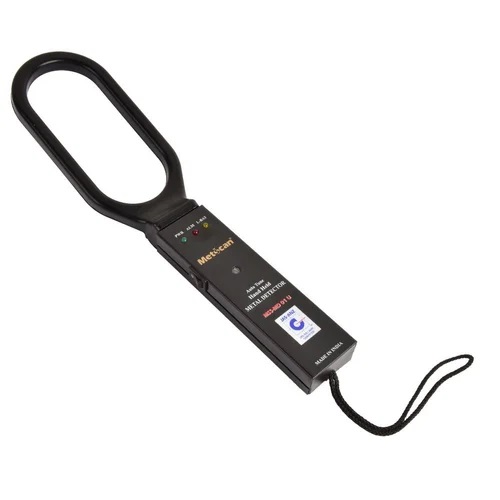
Metal Detector

A metal detector is an electronic instrument designed to detect the presence of metal objects hidden within other materials such as soil, sand, luggage, or walls. It works on the principle of electromagnetic induction, where the detector generates a magnetic field and senses changes caused by nearby metallic objects. Metal detectors are widely used for security screening, archaeological surveys, treasure hunting, industrial quality control, and construction safety.
- Detection Principle: Operates using electromagnetic induction to identify metallic objects.
- Sensitivity Adjustment: Allows users to increase or decrease sensitivity based on the environment and object size.
- Audio/Visual Alerts: Provides beeping sounds, vibration, or light indicators when metal is detected.
- Discrimination Mode: Capable of distinguishing between different types of metals (e.g., ferrous and non-ferrous).
- Ground Balance Function: Reduces false signals caused by mineralized soils or ground conditions.
- Depth Detection: Can detect metallic objects buried at varying depths depending on coil size and detector power.
- Search Coil: Waterproof and available in various sizes for surface or deep detection.
- Portability: Lightweight and ergonomically designed for easy handling.
- Power Source: Usually battery-operated (rechargeable or replaceable).
- Applications: Used in security checks, construction sites (rebar detection), archaeology, mining, and hobby treasure hunting.